Valuations
Author and Curator Sara Raza Treasures Art Scholarship, Libraries, and an Heirloom Pendant Symbolizing Wisdom
We asked the curator and author of 'Punk Orientalism' what she values in art and life—and why.

We asked the curator and author of 'Punk Orientalism' what she values in art and life—and why.

Katie White

So much of the art world orbits around questions of value, not only in terms of appraisals and price tags, but also: What is worthy of your time in These Times, as well as your energy, your attention, and yes, your hard-earned cash?
What is the math that you do to determine something’s meaning and worth? What moves you? What enriches your life? In this new series, we’re asking individuals from the art world and beyond about the valuations that they make at a personal level.
New York City-based curator Sara Raza has a ravenous appetite for knowledge and proudly refers to herself as a “lifelong learner.” Raza’s characteristic passion for discovery has resulted in acclaimed exhibitions and publications. Her book Punk Orientalism: The Art of Rebellion (2022), which examined artists and ideas hailing from Central Asia and the Caucasus, confirmed the author and historian’s reputation as a leading critical voice in the contemporary art world.
Recently, Raza organized Love Songs, a group exhibition currently on view at New York’s International Center for Photography (through September 11). She conceived of the exhibition as a visual mixtape of songs gifted to a lover. The tender, even sensuous exhibition presents the work of 16 contemporary photographers, asking questions of love and intimacy.
In her off time, Raza can be found perusing bookstores, imagining her dream home library, and collaborating with Slow Factory, a non-profit focused on addressing climate change and social justice through art. She recently returned from a trip to Central Asia, where she has familial roots.
This summer, we caught up with Raza, who told us what she values in art and life—and why.
What is the last thing that you splurged on?
Traveling to Central Asia to marvel at the architecture and heritage sites in the ancient cities of Bukhara and Samarkand, Uzbekistan.
What is something that you’re saving up for?
A custom-designed interior library for all my books.
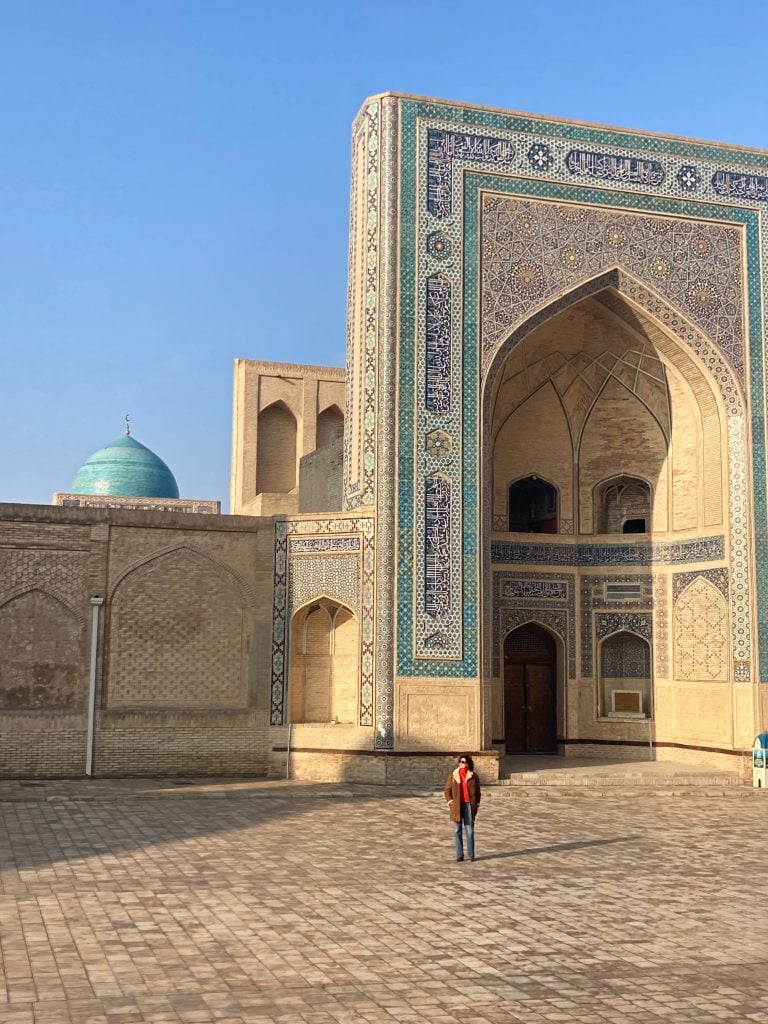
Raza traveling in Uzbekistan.
What would you buy if you found $100?
I would buy two or three books on art, climate issues, and politics.
What makes you feel like a million bucks?
Seeing my recent art history publication Punk Orientalism: The Art of Rebellion (Black Dog Press) in bookstores across the world, on the shelves of public libraries, and listed on art history and critical studies’ university syllabi internationally.
What do you think is your greatest asset?
The cultural capital and education passed down to me from my parents, grandparents, and ancestors, spanning the ancient lands of Iran, the Caucasus, and Central Asia. This foundation has provided me with first-hand personal insights into the importance of patronage and the preservation of art, architecture, archaeology, literature, and collecting practices.
What do you most value in a work of art?
The equilibrium between aesthetic pleasure and a profound intellectual and political sensibility, which is often a difficult balance to achieve.
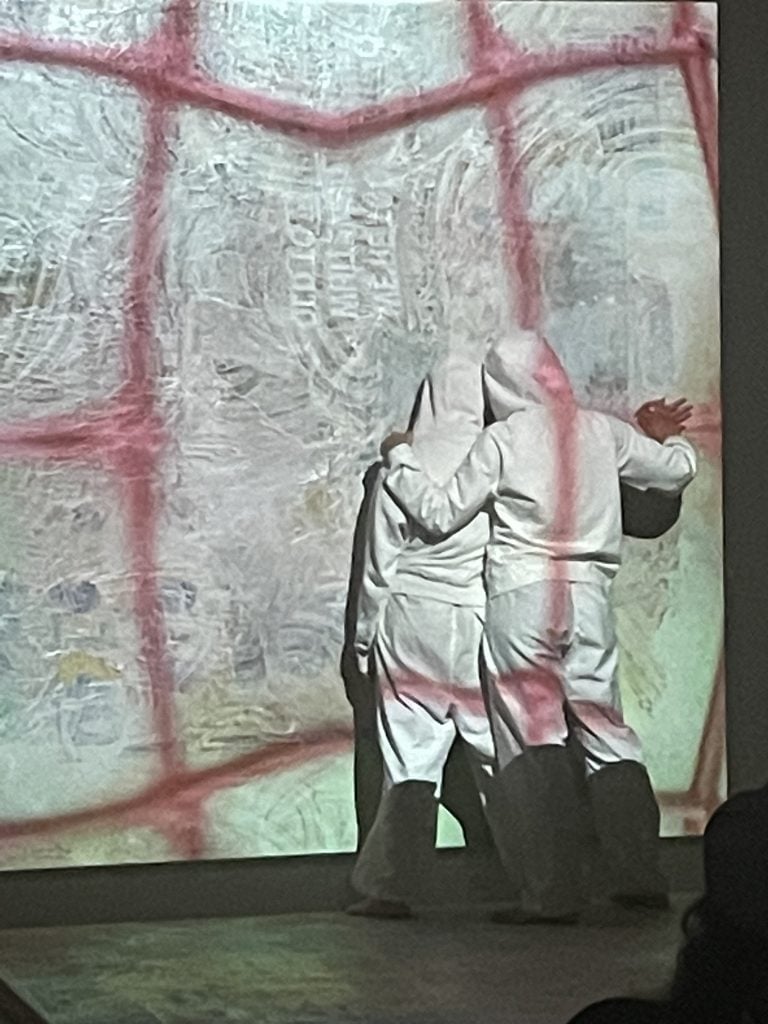
Mandy El-Sayegh Akathisia, performed at Lehmann Maupin April, 2023.
Who is an emerging artist worthy of everyone’s attention?
London-based artist Mandy El Sayegh is a phenomenal practitioner whose art explores the intersection of critical and clinical conditions through painting, sculpture, installation, video, and performance. She creates conceptual works imbued with themes of human anatomy, migration, movement, and labor.
Who is an overlooked artist who hasn’t yet received their due?
I recently worked with New York-based artist Sheree Hovespian, whose complex geometric photographic and mixed media works of a fragmented female body are featured in Love Songs: Photography and Intimacy at the International Center of Photography in New York. During our studio visits, I was struck by the fact that this was her first museum show in the U.S., despite being a featured artist at the 59th Venice Biennial’s exhibition “The Milk of Dreams,” curated by Cecilia Alemani, having works in the Guggenheim’s collection, and gallery representation with respected Rachel Uffner. I would love to see Sheree’s works featured in additional idea-driven curated museum shows and a future mid-career survey.
What, in your estimation, is the most overrated thing in the art world?
Self-serving localism and nepotism. There is a vast world out there with an abundance of fresh talent and ideas.
What is your most treasured possession?
My brain!
.
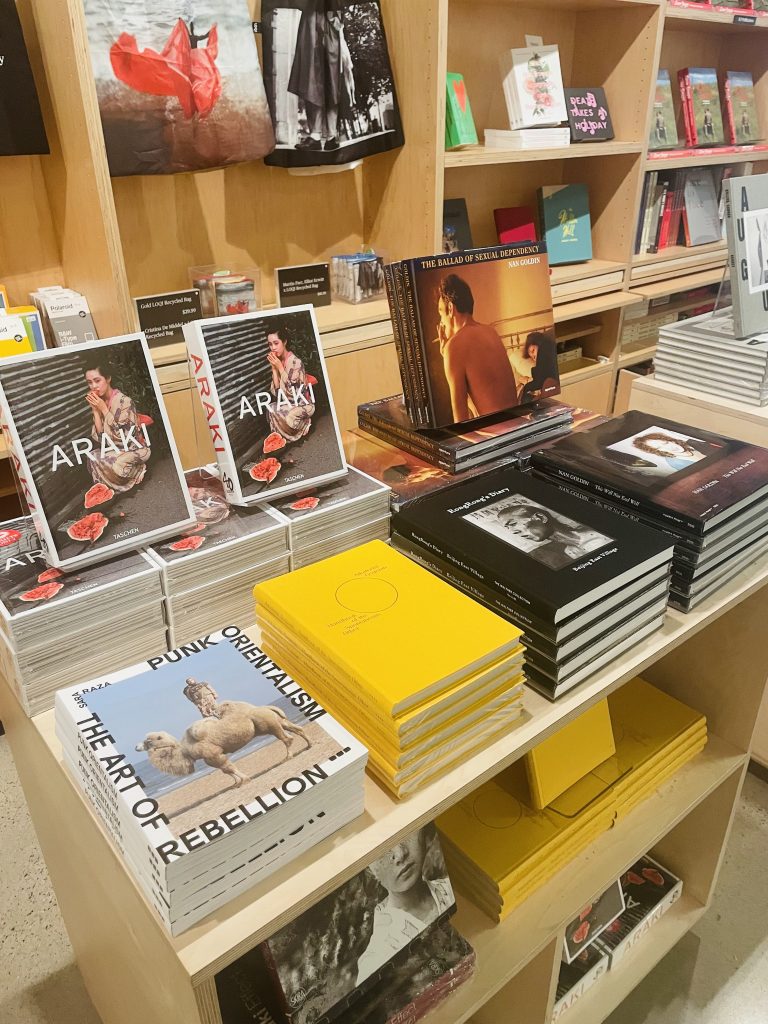
Punk Orientalism at the International Center of Photography bookstore.
What’s been your best investment?
Investing in my education as a lifelong learner and in the next generation of artists, art historians, curators, and writers through my teaching at both New York University and the School of Visual Arts.
What is something small that means the world to you?
An antique lapis pendant from Afghanistan that was gifted to me featuring the ancient Persian mythological bird Simurgh associated with wisdom carved on it.
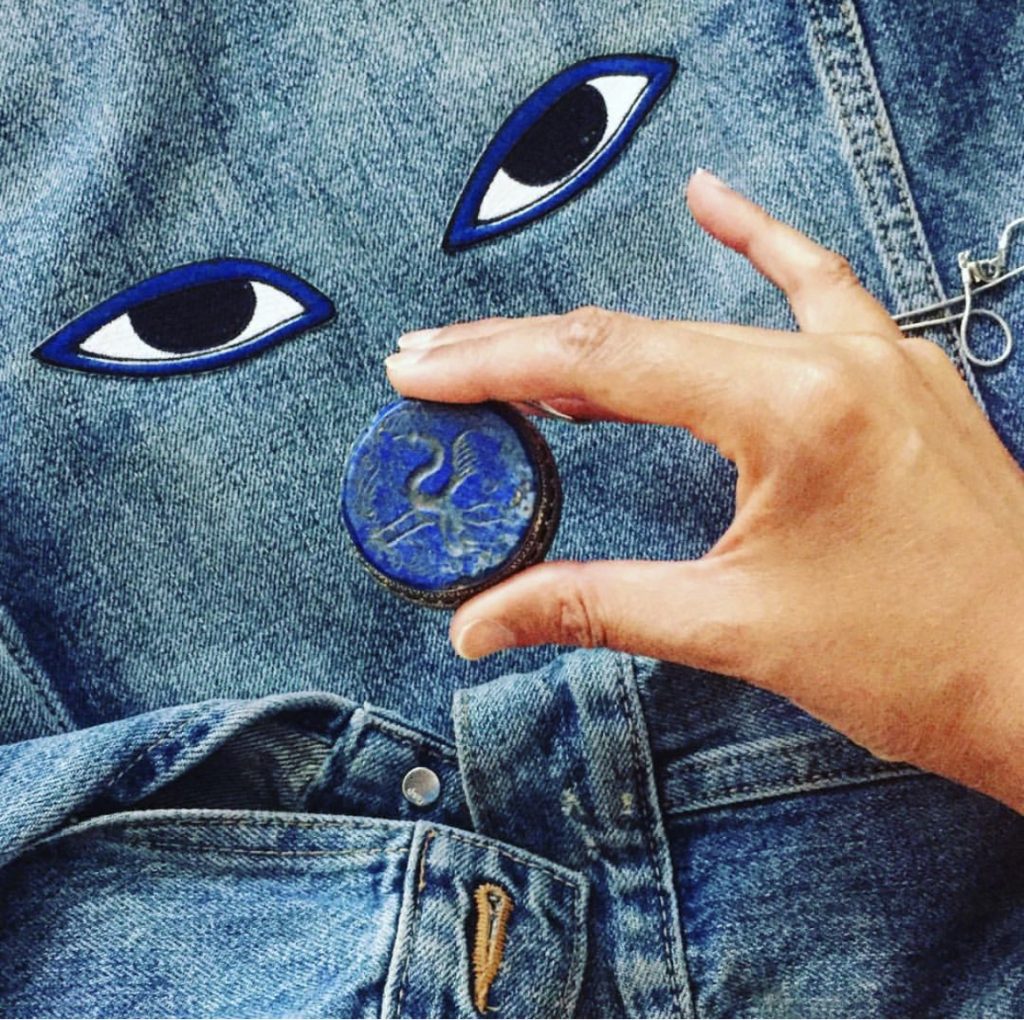
Raza’s lapis pendant.
What’s not worth the hype?
Immediate gratification. We need to acknowledge that scholarship, knowledge, and experience require time, patience, and empathy.
What do you believe is a worthy cause?
I was recently invited to join the board of directors of the Slow Factory, a non-profit organization dedicated to addressing climate change and social justice through art, designing systems, education, and publishing. Climate change is a major issue that will eventually affect everyone on the planet, and the Slow Factory’s work is to empower citizens through knowledge and free open education, creating digital decentralized networks of solidarity internationally. Slow Factory is currently fundraising for the establishment of a physical climate justice school in New York that will serve as headquarters for their local, global, and digital work.
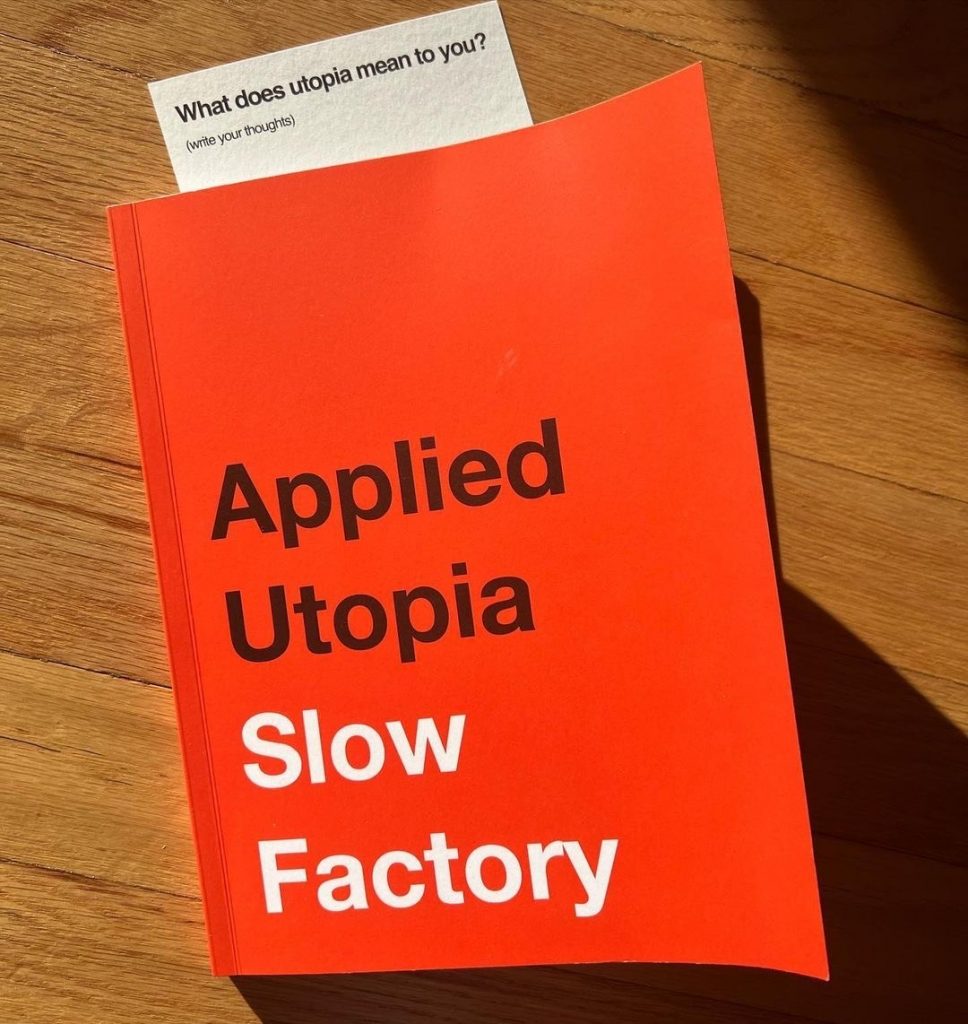
Courtesy of Sarah Raza.
What do you aspire to?
Dedicating my career to living contemporary global artists and continuing to publish scholarly art historical texts that celebrate reciprocal cultural exchange, art, and ideas from the majority world and its international diasporas.